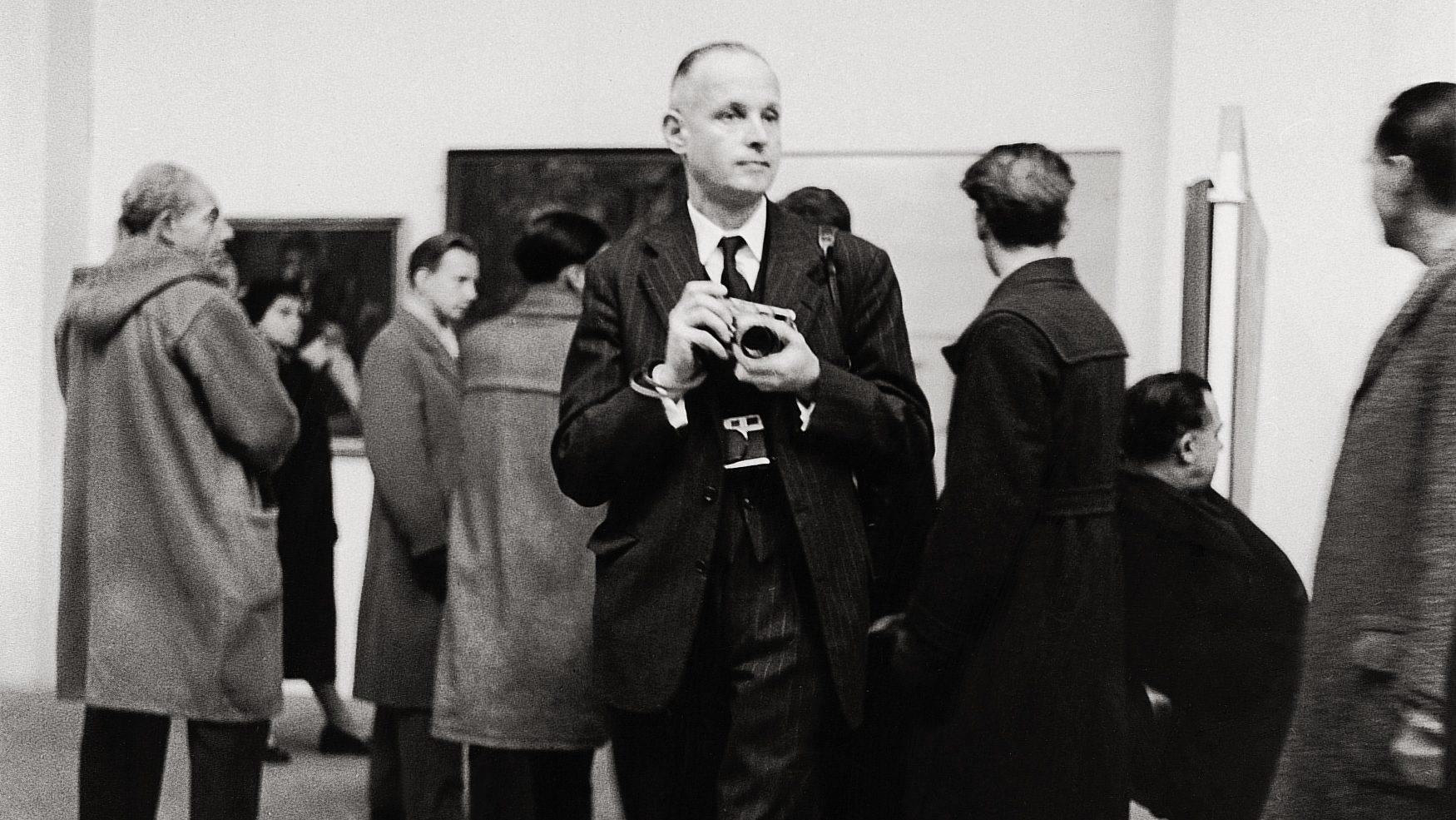What truly unites Europe? What cultural attribute stretches (especially if elasticised) the length and breadth of the continent – and even encompasses those outliers the British Isles, whatever their current picayune political status? Is it perhaps Christianity? No, for the moneylenders have long since been allowed to not just take up residence in Europe’s temples, but give them
corporate sponsorship. Is it then, perhaps, the Greek Logos, born out of the philosophers of the Classical era, and bodied forth in the continent’s great literatures, both scholarly and artistic? Again, I say no to this – for it’s a truth pretty much universally acknowledged nowadays by all right-thinking (and left-wing) folk that such hierarchical and canonical cultural forms have no place in our bold egalitarian world, where an opinion on Netflix as against Amazon Prime is all one really needs by way of cultural discrimination.
Standing in a sweltering hot street in the ancient city centre of Nîmes, I eschewed the storied precincts of the Maison Carrée – the supposed jewel in its cultural crown: a first-century Roman temple commissioned by Augustus
no less – just as I spurned the interior of the Chapelle Saint Eugénie, an 11th-century edifice, re-faced in the high neogothic style of the 19th century. Instead, I aimed for a little colloquy of chichi boutiques lining the Rue Auguste Pellet, for here is to be found the Atelier de Nîmes, which, as the only local enterprise currently engaged in weaving the fabric originated in, and named for, the city, can justifiably claim to be the veritable omphalos of a Europa obsessed more with the rise of her jeans, than the demise of her high arts.
Yes, yes – it’s denim (or ‘de Nîmes’) to which I allude – for it strikes me hard that as the American hegemon is compelled in its senescence to wear (both metaphorically and literally), that unsightly form of twill trousering dubbed ‘relaxed fit’, so the time has come for Europeans to take back control of the world’s most popular juvenescent fashion statement. True, Britain played a large part in the denim story – in the 19th century there was extensive co-production between Nîmes and our own Cottonopolis, Manchester – but come the 20th, the world spirit of indigo workwear travelled west, and bleu de travail morphed into Levi’s and Wranglers and Lee Coopers; indeed, all those iconic jeans brands that for decades indicated American imperialism far more effectively than the Stars and Stripes.
Older New European readers will doubtless remember – as I do – the tumultuous scenes that accompanied the fall of the Berlin Wall in 1989: as the metonymic barrier collapsed in a great pan-European undulation, so the teeming masses fled to the west, desperate to escape the double-denim disaster of the old Soviet bloc. For yes, while they had had jeans even during the Brezhnevian stagnation – or Zastoya – they were of the ugliest and most utilitarian kind, garments that when paired with denim jackets, waistcoats and even shirts, marked the citizens of the Warsaw Pact nations out as yesterday’s men and women, bound ineluctably for the charity shop dump bin of history.
Imagine what bliss it was to be alive during those heady weeks, as you headed west in your Lada, Trabant, or Moskvich, eyes fixed on the tarmac ribbon ahead of you, that at times – such was the hallucinogenic ardour with
which you regarded it – seemed to morph into an ever-unwinding bolt of stonewashed denim. Surely, we can accept now, over 30 years later, that we conspicuously failed to provide these folks with something resembling the Marshall Plan? A programme of economic pump-priming that proved so effective in post-war Germany that by the late 1960s – when the Red Army Faction were launching their attacks wearing very low-rise jeans indeed
– the Bundesrepublik had the highest proportion of denim-wearers in the world.
With much of the machinery used to make those classic American jeans now demounted and sold off to Japanese enterprises who are now creating their own vintage brands, the time has surely come for Europe to rise (get it!) once more – and where better for the indigo revolution to begin than Nîmes. Obviously, diehard Brexiters will have no truck with denim – preferring to disport themselves in discos wearing three-piece tailored suits of worsted, á la Jacob Rees-Mogg, but there’s a huge rump of the British body politic that would lose its definition (and identity) altogether, were it not for the constraint of riveted denim. And it’s to them that we should address this
paraphrase of David Dundas’s rallying cry: “I pull my blue jeans on! / I pull my de Nîmes jeans on!”



